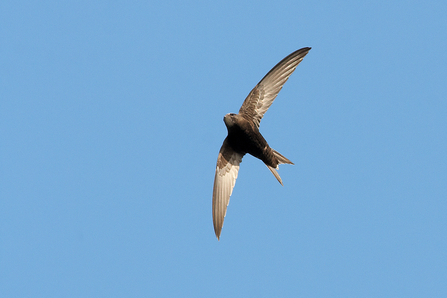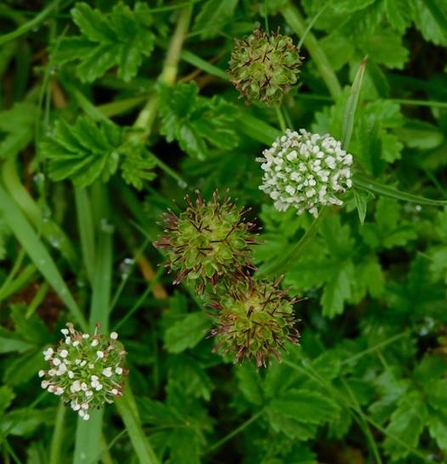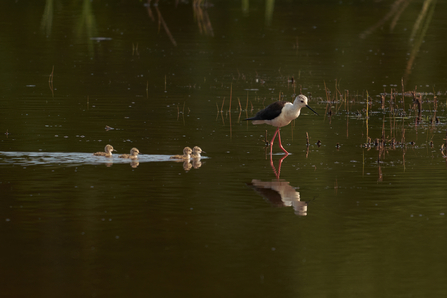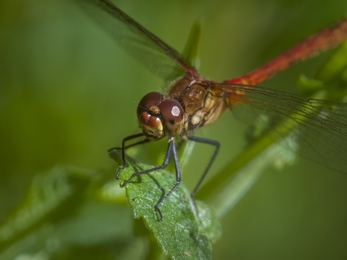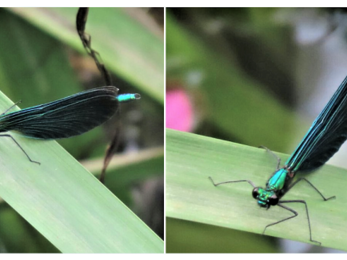Butterflies
Yesterday morning the sun appeared and so we spent a happy hour observing two large buddleia bushes in full flower. We did two consecutive Big Butterfly Counts counts recording a satisfying total of 15 species and some 40 butterflies which was more than we expected given the iffy weather.
Of special note was a painted lady, a second brood brimstone and both large and small skippers. We saw 12 red admirals, a species which is having an extraordinary year with numbers up 400% nationally. By comparison, the numbers of other nettle-dependent species like the peacock, comma and small tortoiseshell remain low.
Perhaps red admiral numbers have been boosted by migrants from the south – there’s so much to learn even about such well-studied insects.




